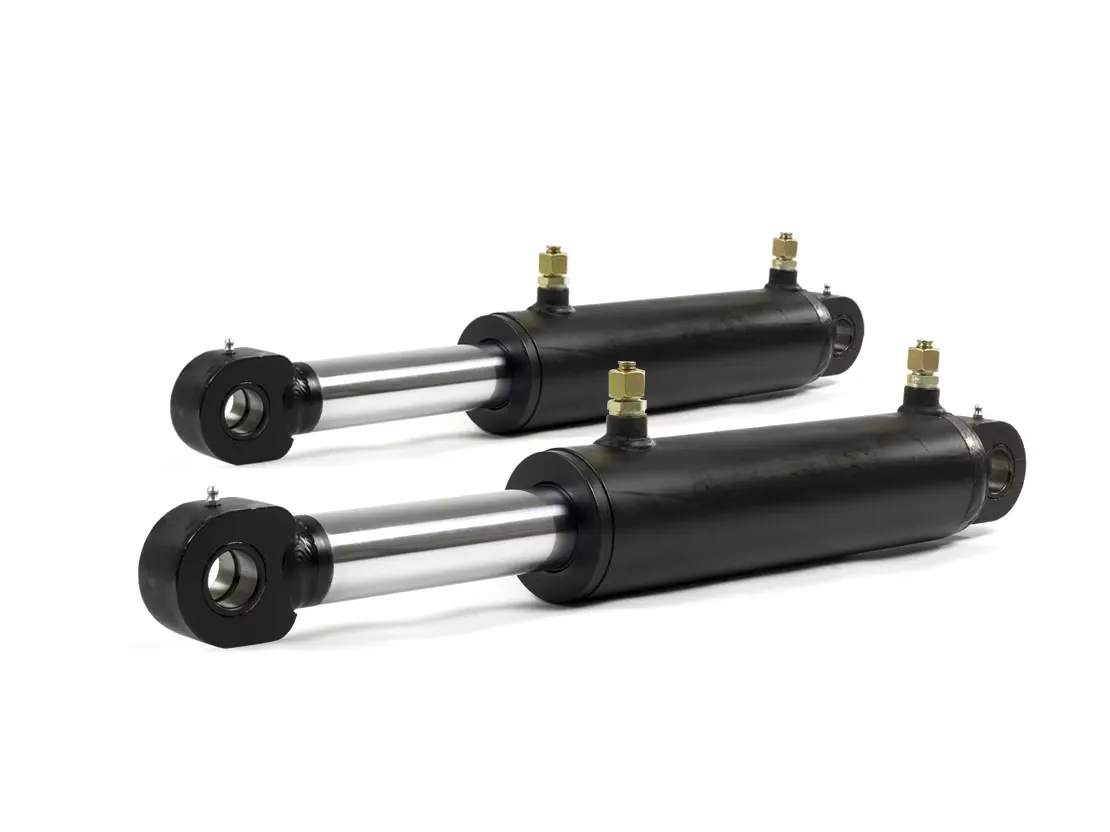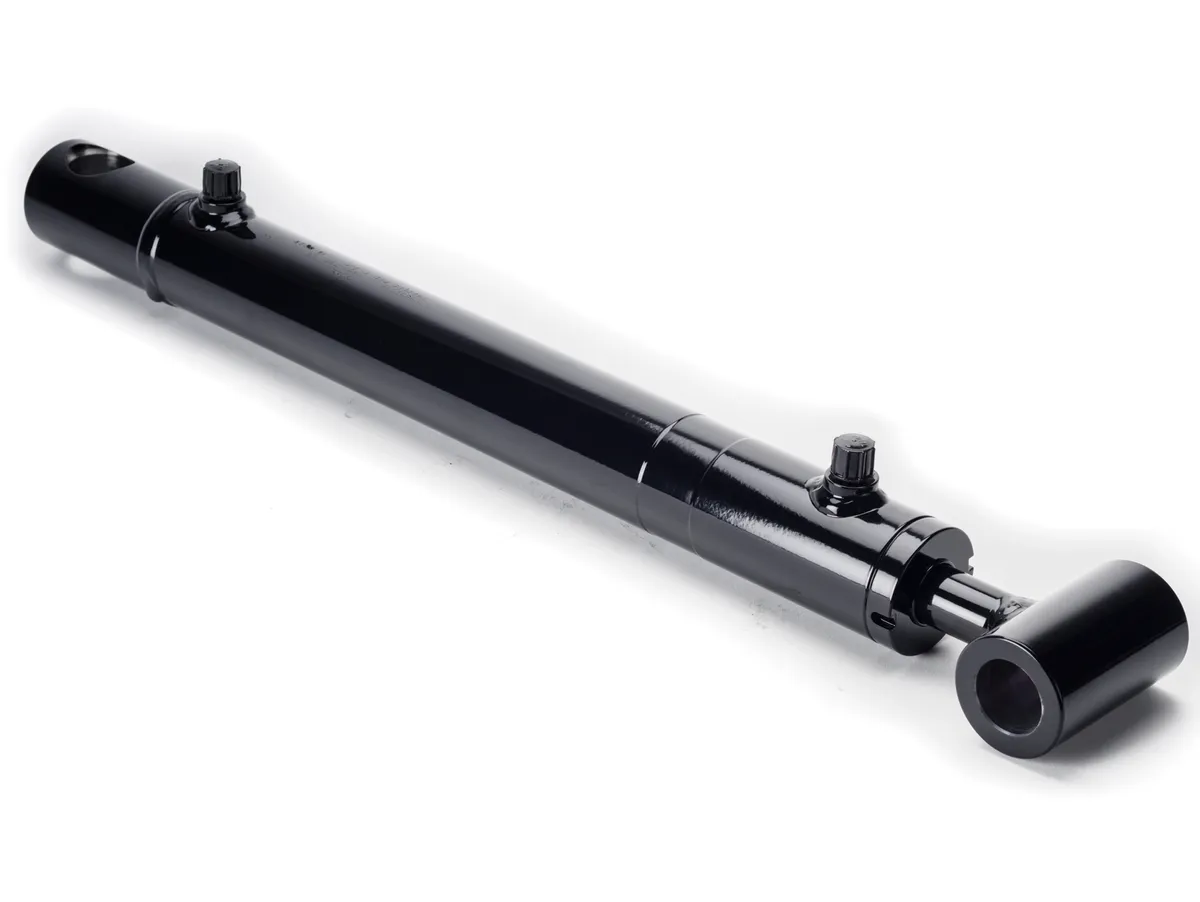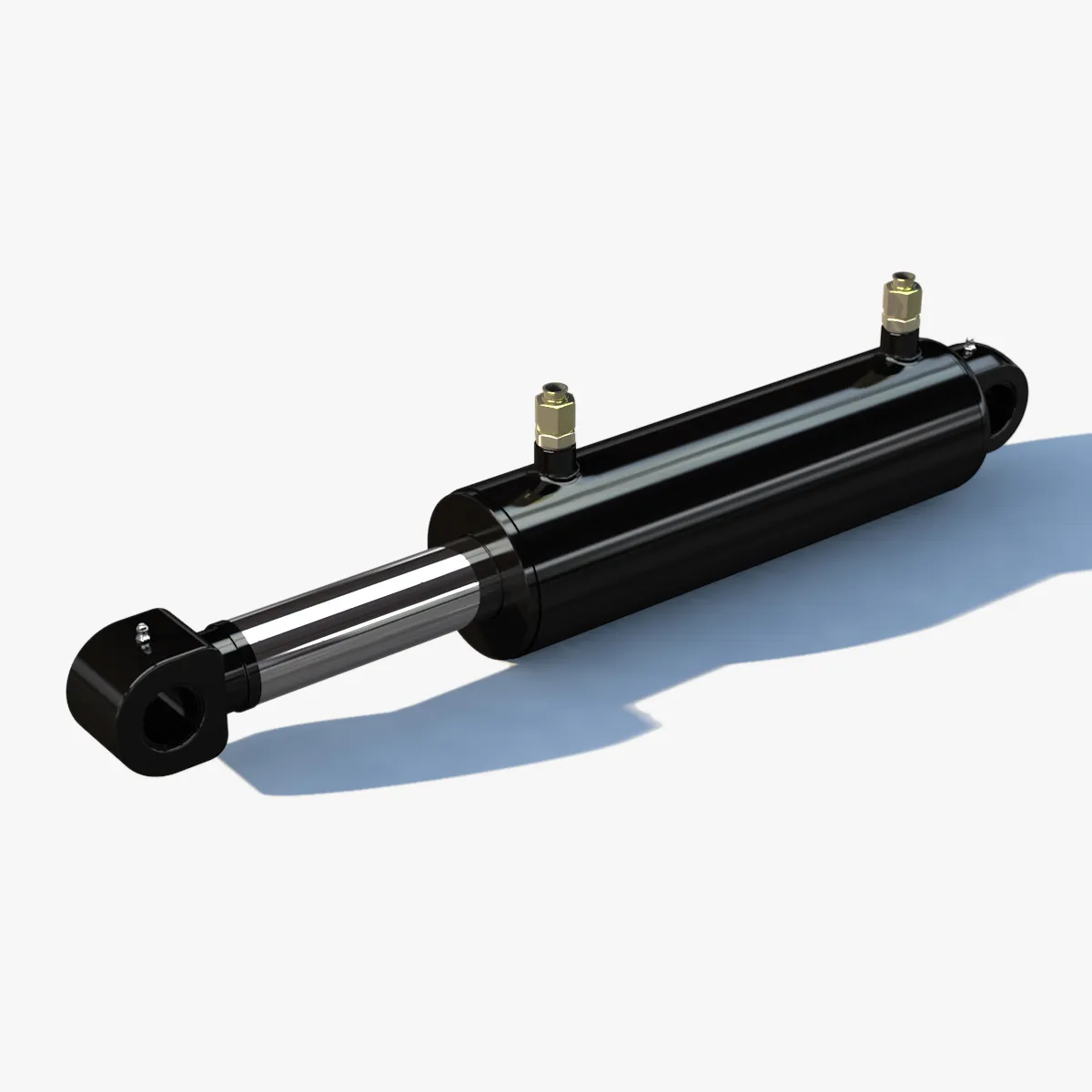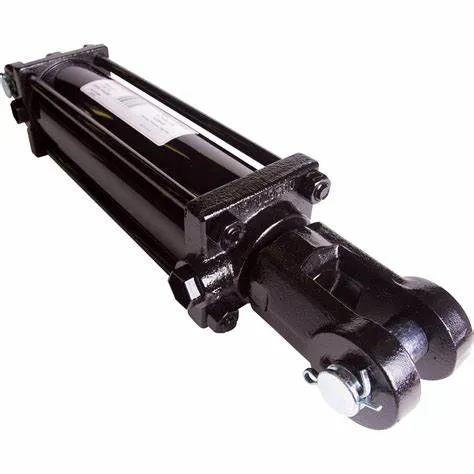
Understanding Single-Acting Telescopic Hydraulic Cylinders

Introduction
In this article, we will delve into the world of single-acting telescopic hydraulic cylinders, exploring their design, working principles, types, advantages, applications, selection factors, maintenance tasks, installation steps, fault diagnosis, safety standards, and more. Let’s start by defining and outlining what exactly a single-acting telescopic hydraulic cylinder is.
Definition and Composition
A single-acting telescopic hydraulic cylinder is a type of hydraulic actuator that extends and retracts using hydraulic pressure in one direction. It is composed of a cylinder, piston rod, seals, and hydraulic oil. The telescopic joint consists of internal and external stages that allow for smooth movement.
Design Principle
The design principle of a single-acting telescopic hydraulic cylinder involves the independent extension and contraction movement, providing precise positioning and force-generating properties. This design ensures stability, rigidity, and responsiveness in various applications.
Types and Configurations
There are three main types of single-acting hydraulic cylinders – welded, bolted, and threaded. Each type offers unique configurations suitable for different industrial needs, ensuring efficient performance and durability.
Internal Components and Structure
The internal components of a single-acting telescopic hydraulic cylinder include a piston, chamber, special sealing, guiding, and retracting mechanisms. These components work together to provide reliable operation and longevity.

Advantages
- Precise Positioning: Ensures accurate movement control
- Force-Generating Properties: Capable of handling heavy loads
- Stability: Offers steady performance in challenging environments
- Rigidity: Maintains structural integrity under pressure
- Responsiveness: Quick and efficient operation
Applications
Single-acting telescopic cylinders are widely used in industries such as material handling, construction equipment, agricultural machinery, and special equipment. They provide benefits such as enhanced efficiency, productivity, and safety in various applications.
Selection Factors
When selecting a single-acting telescopic hydraulic cylinder, consider factors such as size range, inner diameter, stroke length, material selection, durability, integrated functions, and installation options. These factors ensure optimal performance and longevity.
Maintenance Tasks
- Regular Inspection: Check seals, bushings, and worn parts
- Hydraulic Oil Maintenance: Ensure proper oil levels and quality
- Contamination Control: Prevent debris from affecting operation
Installation Steps
Proper installation of a single-acting telescopic hydraulic cylinder involves steps such as mounting, aligning, connecting hydraulic lines, and testing for functionality. Follow these steps to ensure optimal performance and safety.
Fault Diagnosis
Common problems with single-acting telescopic cylinders include leakage, insufficient force, and unstable motion. By diagnosing and addressing these issues promptly, you can prevent downtime and ensure smooth operation.
Safety Standards
Adhering to safety standards is crucial when using single-acting telescopic hydraulic cylinders. Implement features such as overload protection and emergency shutdown mechanisms to safeguard personnel and equipment.
FAQs
1. What are the common ways that a single-acting telescopic cylinder can be retracted?
Single-acting telescopic cylinders can be retracted using hydraulic pressure, gravity, or mechanical means, depending on the application requirements.
2. What are some of the key advantages of using a single-acting telescopic cylinder design?
The key advantages include precise positioning, force generation, stability, rigidity, and responsiveness, ensuring efficient performance in various applications.
3. How do the load ratings and force capabilities of single-stage vs. multi-stage telescopic cylinders typically compare?
Single-stage telescopic cylinders have higher load ratings and force capabilities compared to multi-stage cylinders, providing greater strength and performance.
Long-Tail Keywords
1. Safety-Certified Design: Ensuring safety and reliability in hydraulic cylinder applications

2. Efficient Hydraulic Actuation: Enhancing performance and productivity with single-acting telescopic cylinders
3. Durable Construction: Providing longevity and durability in industrial hydraulic systems
Company Overview
We are a leading hydraulic cylinder replacement manufacturer with a complete product line tailored to meet diverse industrial needs. Our company is dedicated to providing high-quality products, international certifications, customized services, advanced production equipment, and reliable after-sales support.
